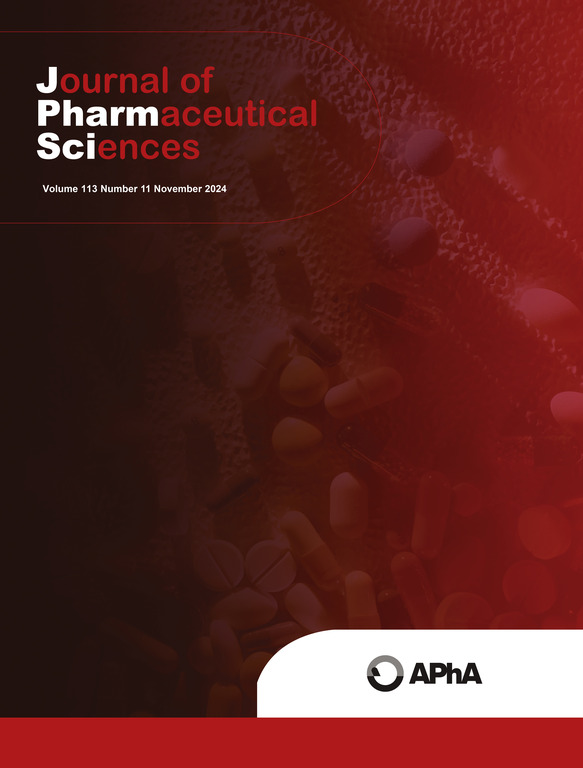Bioequivalence requirements for orally inhaled and nasal drug products and use of novel physiologically based biopharmaceutics modeling approaches for assessing in vivo performance
IF 3.7
3区 医学
Q2 CHEMISTRY, MEDICINAL
引用次数: 0
Abstract
Orally inhaled and nasal drug products (OINDPs) are complex due to the interplay between the device, formulation, and patient characteristics. Establishing bioequivalence (BE) of OINDPs with reference is highly complex and require in vitro, in vivo pharmacokinetic and comparative clinical endpoint studies that are challenging to conduct. In order to increase the rate of submission and approval of generics, regulatory agencies are encouraging the use of alternative in vitro and in silico methodologies to replace complex in vivo studies. The present review attempts to summarize current understanding of alternative BE approaches for OINDPs. In vitro characterization studies required for establishing BE for OINDPs considering USFDA and EMA guidance's are detailed. In silico models such as pulmonary compartmental absorption and transit (PCAT) with emphasis on model input parameters are portrayed. Further, two detailed case studies of inhalation nebulizer and nasal spray formulations are described where PCAT models are developed for predicting BE and local concentrations. Lastly, current understanding of such BE approaches from regulatory perspectives are discussed summarizing recent regulatory workshops and through collation of USFDA product specific guidance's for almost 70 drug products. Overall, this manuscript can act as ready-to-use guide to understand alternative approaches for establishing BE for OINDPs.

口服和鼻腔药物产品的生物等效性要求,以及使用基于生理学的新型生物药剂学建模方法评估体内性能。
由于设备、配方和患者特征之间的相互作用,口鼻吸入药物产品(OINDPs)非常复杂。建立口鼻吸入药物与参照物的生物等效性(BE)非常复杂,需要进行体外、体内药代动力学和临床终点比较研究,而这些研究的开展具有挑战性。为了提高仿制药的申报和批准率,监管机构正在鼓励使用其他体外和硅学方法来取代复杂的体内研究。本综述试图总结目前对 OINDPs 替代 BE 方法的理解。根据 USFDA 和 EMA 指南,详细介绍了为确定 OINDP 的生物安全性所需的体外表征研究。此外,还介绍了以模型输入参数为重点的肺分区转运和吸收(PCAT)等硅学方法。此外,还介绍了吸入雾化剂和鼻腔喷雾制剂的两个详细案例研究,其中 PCAT 模型用于预测 BE 和局部浓度。最后,从监管角度讨论了目前对此类 BE 方法的理解,总结了近期的监管研讨会,并整理了美国食品药物管理局针对近 70 种药物产品的具体产品指南。总之,本手稿可作为随时使用的指南,帮助您了解建立 OINDPs BE 的其他方法。
本文章由计算机程序翻译,如有差异,请以英文原文为准。
求助全文
约1分钟内获得全文
求助全文
来源期刊
CiteScore
7.30
自引率
13.20%
发文量
367
审稿时长
33 days
期刊介绍:
The Journal of Pharmaceutical Sciences will publish original research papers, original research notes, invited topical reviews (including Minireviews), and editorial commentary and news. The area of focus shall be concepts in basic pharmaceutical science and such topics as chemical processing of pharmaceuticals, including crystallization, lyophilization, chemical stability of drugs, pharmacokinetics, biopharmaceutics, pharmacodynamics, pro-drug developments, metabolic disposition of bioactive agents, dosage form design, protein-peptide chemistry and biotechnology specifically as these relate to pharmaceutical technology, and targeted drug delivery.

 求助内容:
求助内容: 应助结果提醒方式:
应助结果提醒方式:


